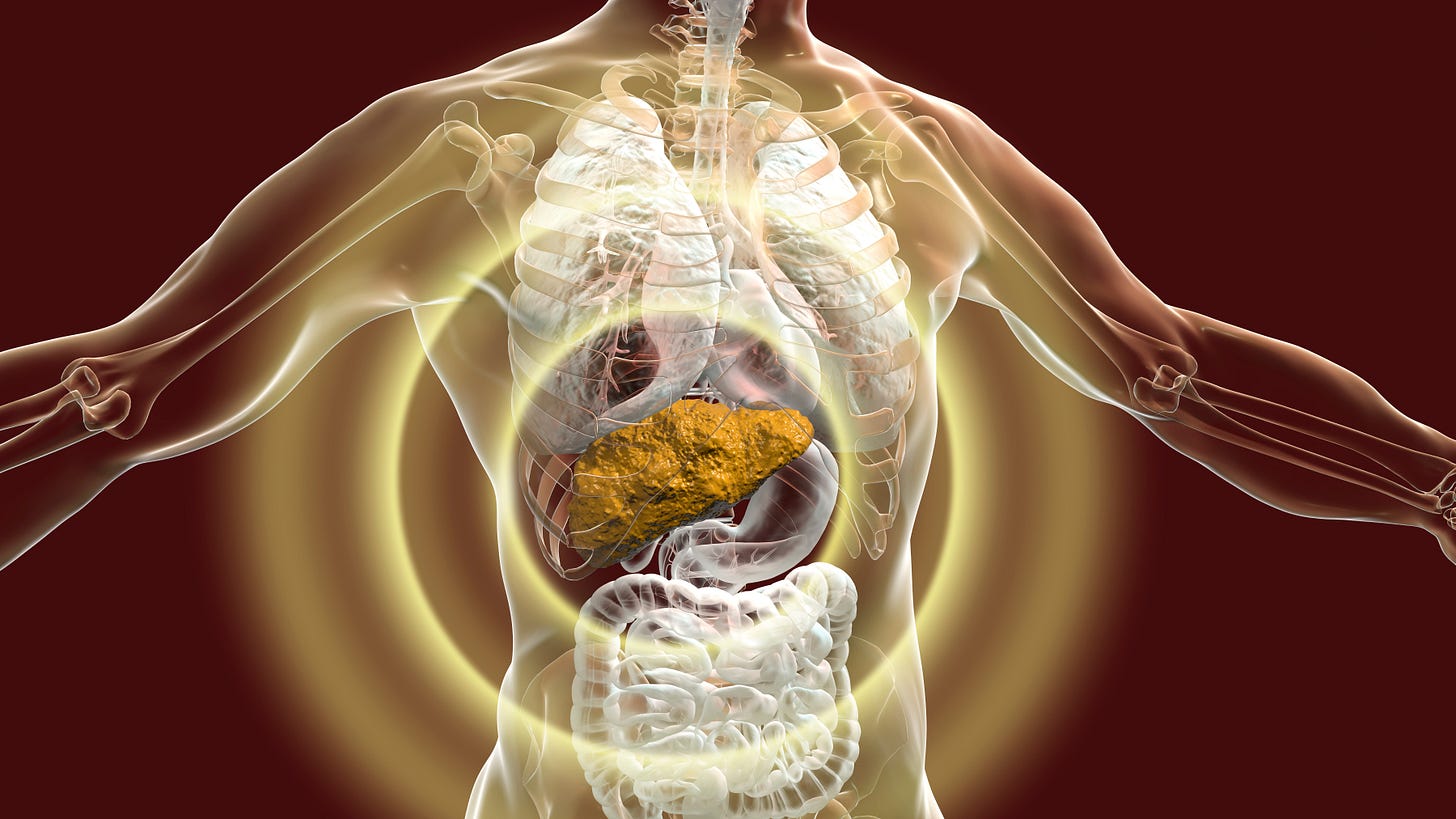
HEPATITIS B IS A HIGHLY TRANSMISSIBLE, blood-borne disease that’s been called a “silent killer” because it can become chronic without presenting symptoms for many years—until, one day, it leads to cirrhosis or liver cancer or both. In the 1970s, arguably no state faced a bigger hepatitis B threat than Alaska, where the virus had exploded within its Native population.
The infection rate in some tribes was as high as 15 percent, at a time when the national rate was no more than 1 percent. The toll was devastating, and included children who had contracted the disease at birth or during infancy, usually from their mothers or adults in close contact. In the worst cases, the infected would die from liver cancer before reaching adulthood.
Brian McMahon, a physician who treated some of those cases, told me on the phone about one particular patient—“18 years old, 4.0 GPA, with a full ride to University of Alaska. She wanted to be a teacher.”
“She kept having these stomach pains,” McMahon explained, but put off a visit to the doctor:
Finally—two weeks before she’s supposed to graduate—she came in to see me. She had a big mass in her liver. I biopsy-tested her for hepatitis B. She was positive, and it was liver cancer. And so I sat with her two weeks later when she died a horrible, painful death. And I’ll never forget that.
Hope finally arrived in the early 1980s in the form of a highly effective, easily produced vaccine. State officials working with tribal leaders acted quickly, first by distributing the shot to newborns and children and caregivers—and then, within a few years, to the full tribal population. It was a feat of logistics and medicine, with intrepid health workers delivering doses to some of the state’s most remote regions by single-engine plane.
And the results were dramatic. Alaska’s hepatitis B rate plummeted. Symptomatic cases among children within the tribes effectively disappeared.
“We haven’t had [hepatitis B-related] cancer in kids for thirty years,” said McMahon. “There are no more kids who have hepatitis B. It’s amazing.”
The success of hepatitis B vaccination in Alaska got the attention of federal officials, as did a universal hep B program that Taiwan launched at around the same time. Among those who noticed were the scientists then serving on the CDC’s Advisory Committee on Immunization Practices (ACIP), which makes official recommendations for what vaccines should be on the “schedule” of inoculations that the U.S. government urges all people to follow.
In 1991, ACIP recommended hepatitis B shots be given to the entire population, with the first of three doses administered right after birth in order to protect newborns. That became U.S. policy and the results nationally have been almost as striking as they were in Alaska. Acute hepatitis B cases among children have fallen by more than 99 percent nationwide, with rates declining among adults as well.
The campaign against hepatitis B ranks as one of the most important public health accomplishments of the past few decades, as the CDC’s own website proclaims. But that achievement is now in serious jeopardy, thanks to Robert F. Kennedy Jr.’s crusade against vaccination.
The unraveling could start as soon as this week.
Source link
